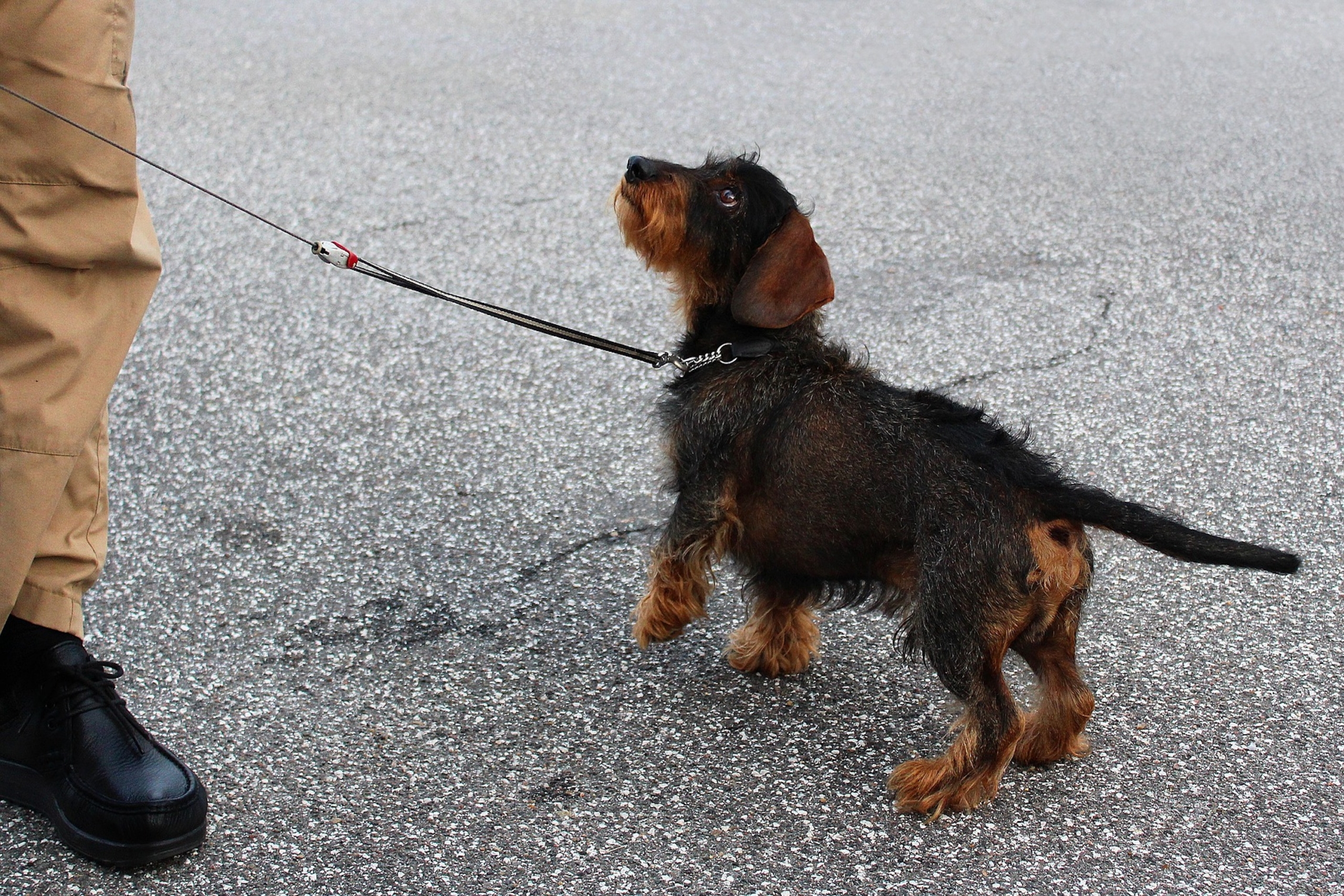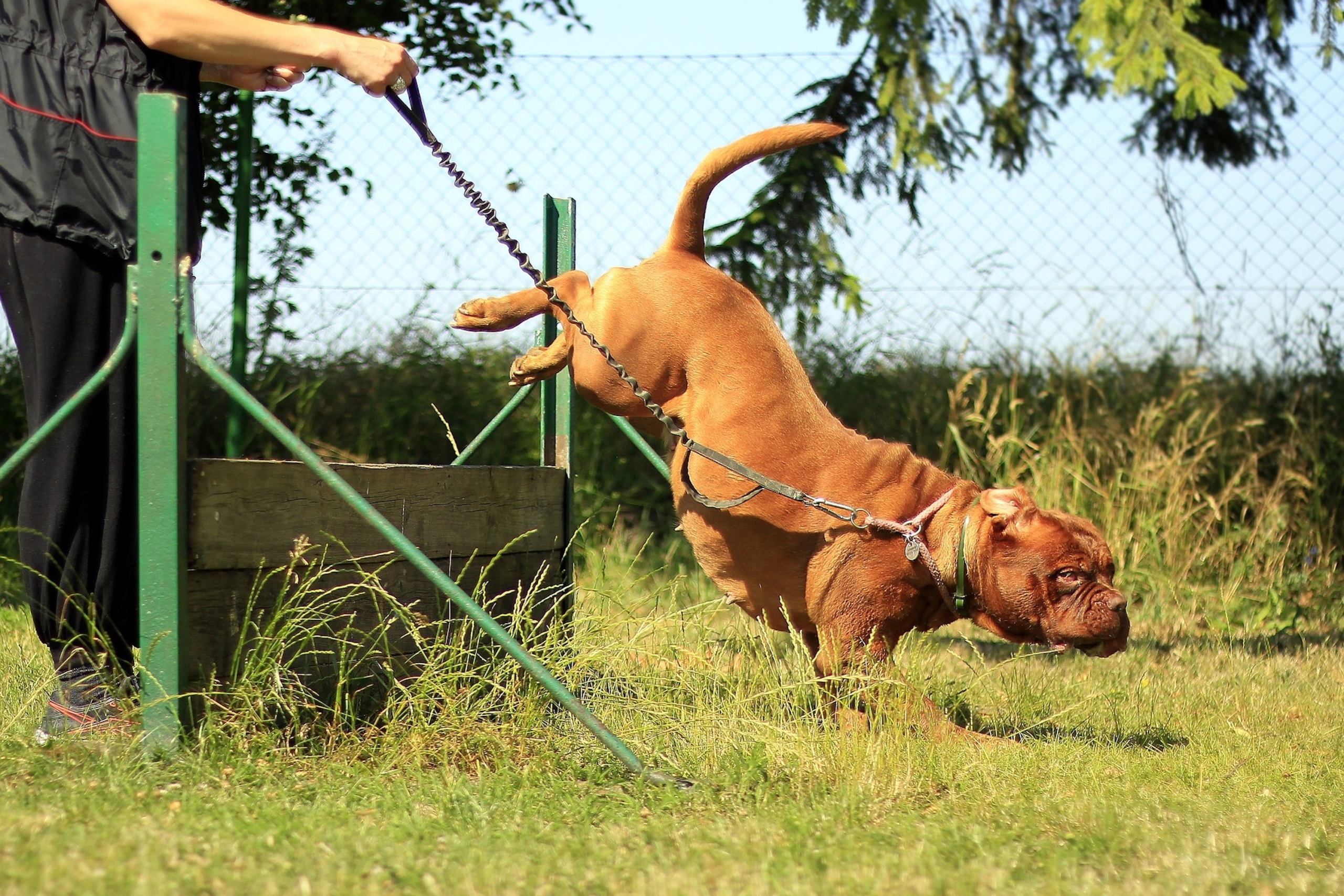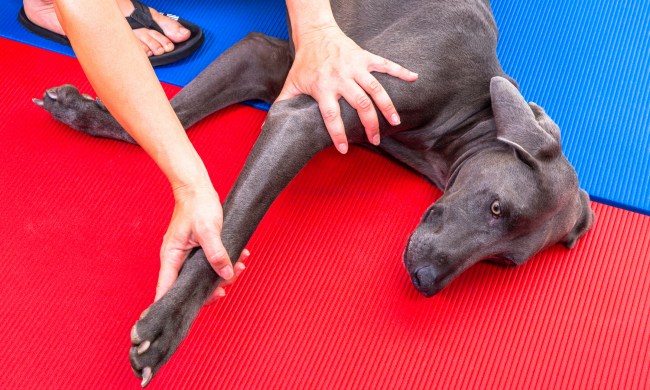As dog owners, we worry about our pup’s behavior, but as pet parents, we don’t want to be too harsh with our babies. They’re family, after all. Still, family needs to learn not to jump on strangers, and learning has to be reinforced somehow.
While the word “discipline” has become controversial, the concept doesn’t have to be. Disciplining your dog doesn’t have to be (nor should it be!) negative or forceful, but it’s not always easy to know what to do instead. Luckily, there’s a lot you can try to keep rambunctious dogs in line — no yelling required. Vets and trainers have developed several popular methods for reinforcing positive behavior and controlling negative ones. Here’s how to properly discipline your dog.

Redirection
A great first step toward changing your pup’s behavior is to redirect your (and your dog’s) attention toward a positive act, rather than acknowledging the negative behavior. Hilarie Erb, a trainer with the American Kennel Club, reminds pet parents to consider what their pet is trying to achieve with their negative behavior: It’s probably to get your attention. If you acknowledge your dog’s naughty actions, even by scolding him, you’re giving him the attention he wants, therefore reinforcing the negative behavior.
Instead, rewarding him for a completely separate, positive behavior will remove the satisfaction from the naughty actions you want to prevent. For example, Erb explains, “Tell the begging dog to go to his place and lie down, and give him a treat when he does.” Moving forward, your dog will learn that he gets rewarded for following your instructions, not for begging.
Clicker training
Even if you reward your dog with treats for listening, it may not always be clear to him what he’s being rewarded for. He may try the unwanted behavior again in hopes of another treat, but you can make it clear what exactly you want from him with this simple technique.
Clicker training is a popular method of teaching in many puppy training classes because it’s easy for both humans and pups to learn. All you’ll need is a clicker — a small tool you press to make a clicking sound — and some treats for food-motivated Fidos. Dr. Jen Summerfield, a dog trainer and behavior veterinarian, illustrates just how clicker training works on her website, Dr. Jen’s Dog Blog: “In training, you use the clicker to mark the precise moment that your dog does something correctly. The click is always followed immediately by a treat — every time, without fail. It won’t take long for your pup to figure out that the sound of the clicker is a wonderful thing, because it always predicts that a treat is coming.”
Before long, your dog will understand what he’s being rewarded for, and he may begin to perform the behavior without prompting from you. Don’t forget to toss him a treat when he does!

Positive reinforcement
Instead of punishing your dog for negative behaviors, which probably won’t help your relationship, by implementing positive reinforcement, you will show your pup what to do. The Veterinary Centers of America Inc. (VCA) claims that positive reinforcement is “the best way to train your pet” because it encourages repetition of a wanted, learned behavior through the relationship between action and consequence.
VCA defines positive reinforcement as “anything that is added that increases the likelihood that a behavior will be repeated.” It’s important to remember that every dog’s idea of a reward will look different. Some pups would rather be praised by their humans, while others would rather have that snack in your hand. A little trial and error to find what your dog responds to best will help in the long run. The timing of the reward is especially important to keep your dog from getting confused — this is when clicker training can come in handy.
Control their environment
Sometimes, dogs don’t misbehave for the sake of achieving something. Dogs can simply be reacting to their environment in a way you don’t like. Behaviors such as digging and barking can be fulfilling in themselves, so you may want to remove your pup’s access to that particular environment altogether.
Certified Professional Dog Trainer Denise Mazzola gives a great example: If your dog is barking at something outside, you can block his access to the window with a piece of furniture. If your dog is barking because he wants something, however, you can show him how to behave by giving it to him only after he is quiet. Oftentimes, a few consistent corrections like this are all it takes to teach your pup some manners.



